
Attempts to jump higher and higher―especially after one has been down―deserve respect. So we decided to make our way over to Kanagawa Prefecture to meet pole vaulter and two-time Olympian Seito Yamamoto. Yamamoto was training hard among scores of university students at the Yokohama Kenshidai Campus of Nippon Sport Science University, where he is based.

※The article has been published in Toyota Global Newsroom on October 10, 2019.
Pole vaulter Seito Yamamoto, 27, works in Toyota Motor Corporation’s Toyota Sports & Corporate Citizenship Dept.
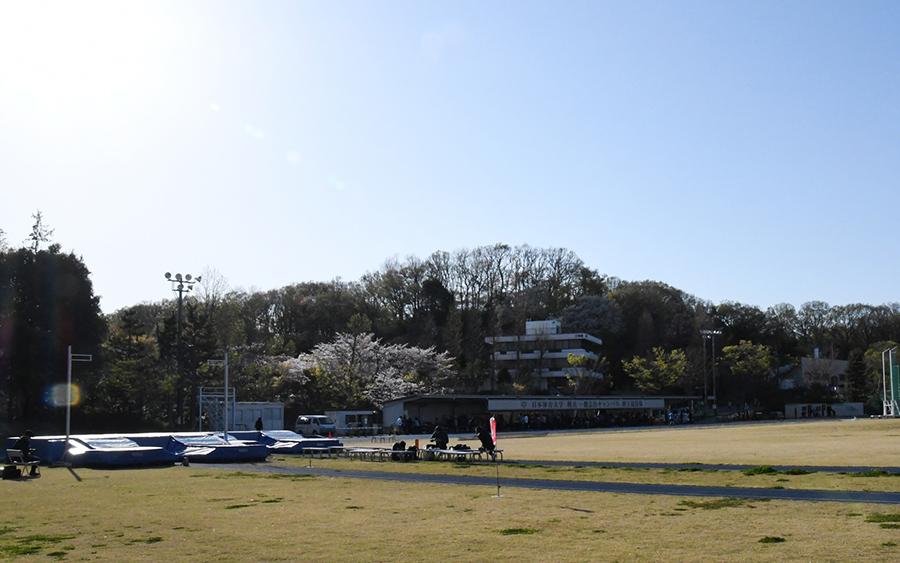
Attempts to jump higher and higher—especially after one has been down—deserve respect. So we decided to make our way over to Kanagawa Prefecture to meet pole vaulter and two-time Olympian Seito Yamamoto. Yamamoto was training hard among scores of university students at the Yokohama Kenshidai Campus of Nippon Sport Science University, where he is based.
“I knew this was the sport for me.”
With his father being a former sprinter and his mother having once specialized in track & field jumping events, athleticism was in Yamamoto’s DNA. Tagging along with his two older brothers provided Yamamoto an opportunity to try out a variety of sports. His early passion was soccer, and his admiration for Marcus Tulio Tanaka, the professional soccer player, fueled his desire to turn playing soccer into a career.
But soccer ceased to be a long-term option when the junior high school that Yamamoto attended did not have a soccer team. Mulling over what to do without soccer, he finally joined the school’s track & field team as a long-distance runner because he liked running, while still managing to fit a little soccer in on the side at a non-school club. It was in the summer of his second year when he went to watch a track & field meet at his local high school that the Nagoya native encountered the sport of pole vaulting.
“My father was coaching track & field at a high school. The head coach and other coaches were always fondly looking after me since I was little. Eventually, the manager urged me to give pole vaulting a try. Running around the same track always looking at the same scenery actually seemed kind of boring. So that’s when I first started thinking that long-distance running really wasn’t for me,” Yamamoto said.
The next day after the team manager’s suggestion, Yamamoto found himself practicing with the high school team and coming face-to-face with a pole vault for the first time.
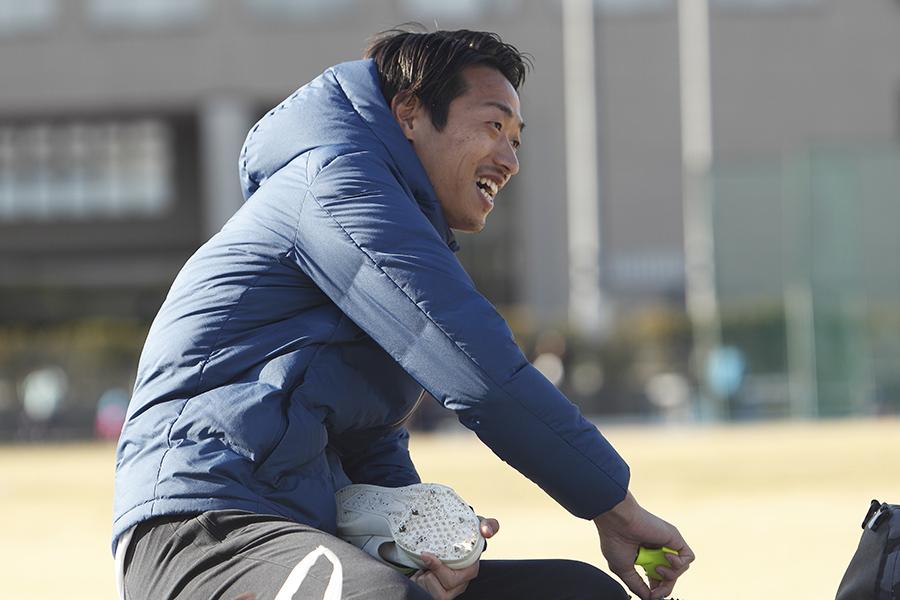
“I was shocked when I actually saw the older kids jumping. With just a single pole they jumped so high, which seemed even higher to me at the time, as I was a lot shorter than they were. At that instant, I knew this was the sport for me,” recalled Yamamoto.
Spellbound by the pole vault, Yamamoto was quick to hang up his soccer cleats and become totally fixated on his newly found athletic endeavor.
Pole vaulting is a competition of skill in which jumpers use both the energy built up during their approach run and their weight to bend a pole and then use the resulting repulsive power of the pole to leap ever higher. In his first year in high school, when he was still small, Yamamoto made little gains in his jumping ability. But when he started growing in height in his second year (Yamamoto currently stands at 181 cm in height), the pole began to flex for him, giving him his first real sense of actually being able to jump.
Once that happened, it wasn’t long before Yamamoto started jumping higher than the older students, who he had once wanted to be like. He soon set his sights on winning at the national level. In the Japan National High School Championships in his third year, he finished in sixth place. Then, displaying rapid growth in his abilities, he went on to take second place in the National Sports Festival of Japan.
Under a big spotlight for the first time
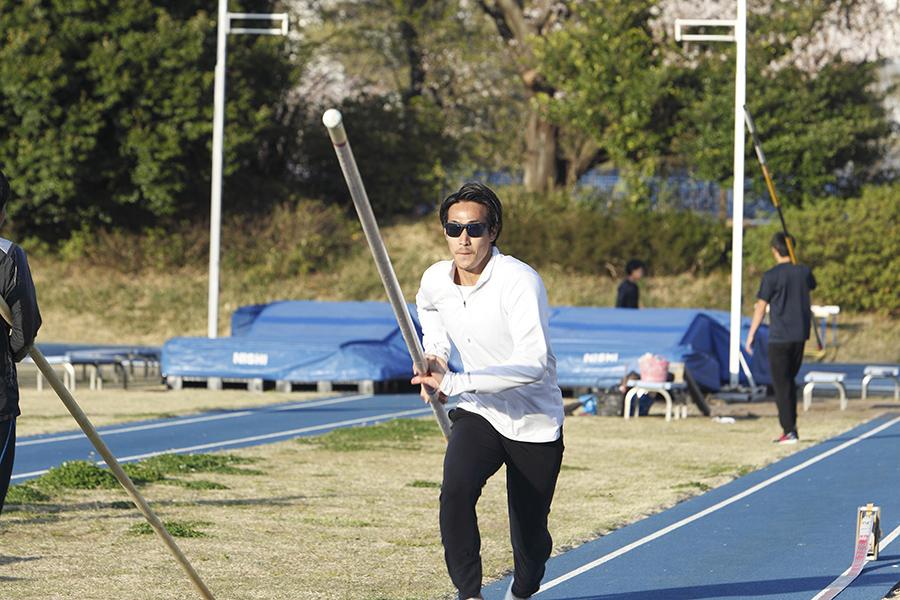
In his first year as an undergrad at Chukyo University in Nagoya, Yamamoto became one to be reckoned with when he bested his high school record by a whopping 30 centimeters at the Japan National University Championships. Although he had his ups and downs, he studied tapes of himself and the top jumpers, looked at himself objectively, planned his training regimen, and steadily improved on his record.
“At a meet in April of my third year at university, I cleared 5.51 meters. That meant I only needed nine more centimeters to meet Olympic qualifying standards. Although I had never really thought about such until then, all of a sudden, the Olympic Games were within reach,” recalled Yamamoto.
Soon after, he did qualify. At the Japan Championships in Athletics in June that year, he broke the Japanese record for his first senior meet title, leading to his selection for the Japanese team at the Olympic Games London 2012. However, unable to relax due to constantly being focused on by the media, and because London 2012 was his first overseas trip, Yamamoto felt confused due to the time difference, along with differences in language and food, so he ended up entering the competition in an unstable state of mind.
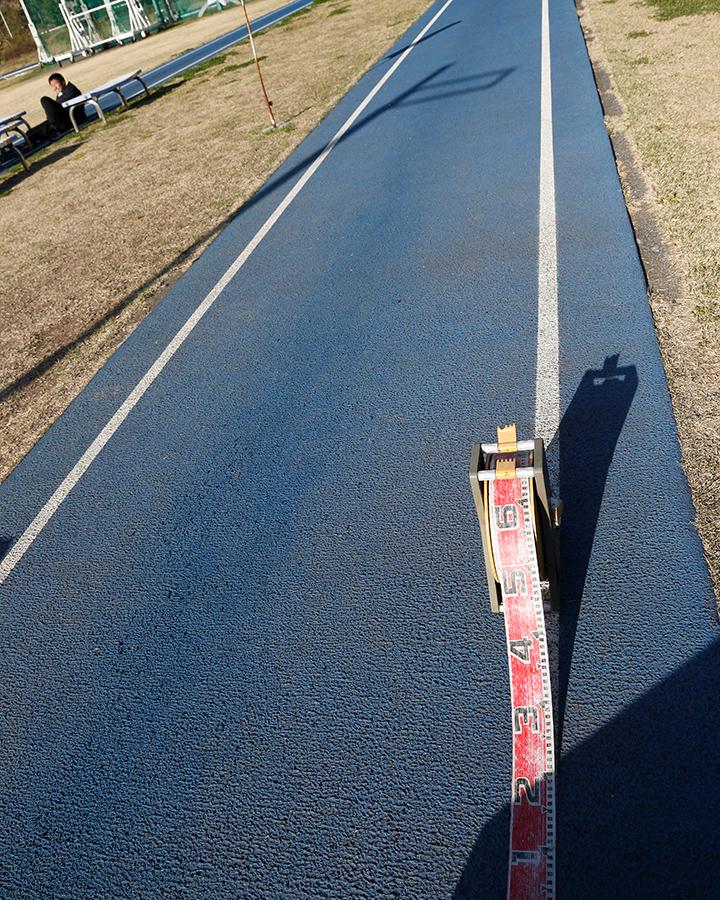
“Because the way a meet is run overseas is different, I was in such a panic that I couldn’t even recognize when my name was called. For example, measuring tapes are used to measure the distance for approach runs. But measuring tapes overseas [at London 2012] are in feet and inches, and (not being able to convert measurements into the metric system) I was hastily trying to figure things out. Before I knew it, the measuring tape had been removed, so I had no choice but to determine my starting point based on sense alone,” explained Yamamoto.
Misjudging the starting point of an approach run can drastically affect a jump. Yamamoto failed to clear what should have been a very doable 5.35 meters in three attempts, eliminating him from the competition.
“It was all over in about five minutes. My head was totally blank, and I wasn’t able to look at my situation objectively. In those conditions, even if a height was jumpable, I just couldn’t do it,” lamented Yamamoto.
That was the first time for Yamamoto, who had steadily jumped higher and higher, to taste regret. His lack of strength and preparedness struck him to the core. Jumping is not only about technique. If one doesn’t feel comfortable overseas, it’s almost a waste of time to compete. So in the winter after London 2012, Yamamoto went alone to train in Sweden.
“I wanted to make my Olympic experience a part of me, at least step by step. I’m not sure if it was the right thing to do, but I had a coach overseas instruct me and I started to communicate with athletes outside of Japan. Because I liked pole vaulting so much, I didn’t really have a hard time living overseas for the first time, and it was actually quite stimulating and fun,” recalled Yamamoto.
Yamamoto found himself on the world stage again just one year later at the IAAF World Championships in Athletics in Moscow, where he cleared 5.75 meters, tying his personal best and earning sixth place, the highest-ever finish for a Japanese pole vaulter.
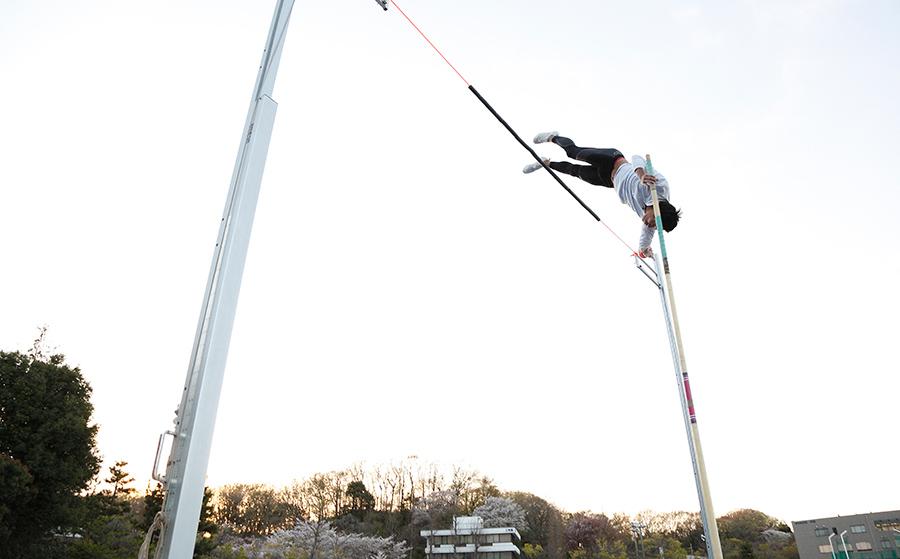
After a year of preparing himself in a way that he felt justified his being a Japanese team member, a status of which he became fully aware and about which he began to feel more confident, his Moscow performance was when Yamamoto’s hard work bore fruit.
Responsibility as a company athlete
In 2014, he joined Toyota but still based his training at Chukyo University. It was around this time that a pain Yamamoto had in his hip since before the World Championships in Athletics worsened to the point that he wasn’t able to train. Having been hired as an athlete, he strongly felt a responsibility to compete and deliver results at meets, as well as an expectation to continue being selected for Japan’s national team. For Yamamoto, he felt that taking a break was out of the question.
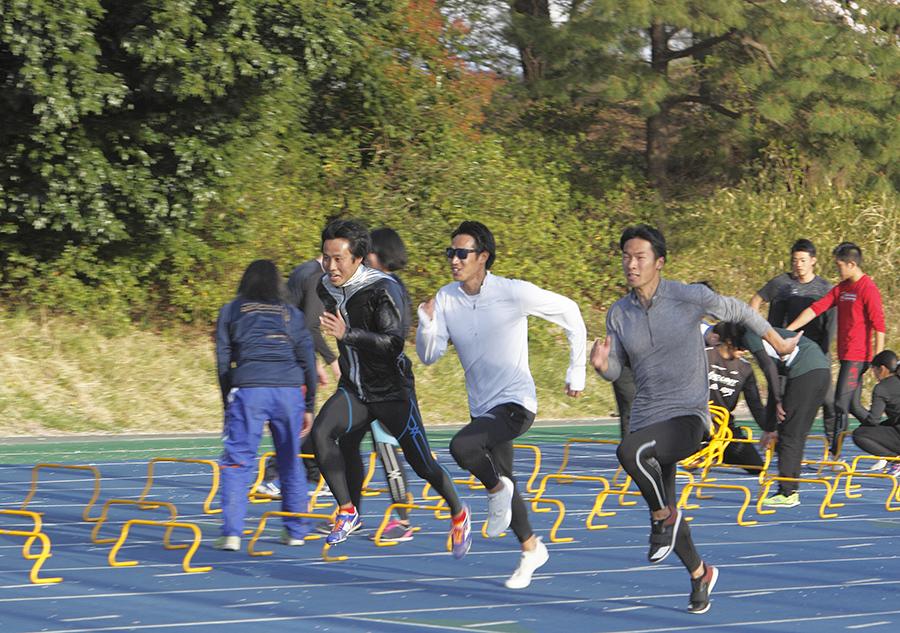
“As a student, I thought that just being able to have fun was good enough. Because I was earning my salary by competing, I had a strong desire to get good results. But I couldn’t even practice, let alone jump. That was the hardest part of my competitive life so far,” said Yamamoto.
Despite the difficulty, Yamamoto kept performing well enough to continue making the Japanese national team. But trying to meet the expectations of those around him and attaining the level that he did was extremely difficult.
In the winter of his first year as a Toyota athlete, a detailed post-season physical examination discovered that he was suffering from lumbar spondylolysis, a condition in the lower spine that can occur after a fracture has developed in a vertebra due to repetitive stress, such as the stress caused by the constant twisting of the hips during athletic training. Without being able to find an effective form of treatment, Yamamoto was at a loss. What saved him was an initiative for nurturing top athletes set up by former hammer thrower Koji Murofuji at Chukyo University.
The initiative provides a year-round framework for helping athletes prevent and recover from injuries, improve how they move, and increase their athletic ability. It incorporates the state-of-the-art training approaches of a renowned training service provider in the United States.
Under the guidance of skilled trainers, Yamamoto spent about one and a half years steadily building his body. The program centered on completely starting from scratch to achieve the ideal body balance and on increasing lower-back and hip muscle strength.
“I took a totally new approach to how I was living, including how I ate, slept, and spent my days off. I was determined to do everything I could toward Rio de Janeiro 2016. I even spent an entire month thoroughly conditioning my body at a training facility in the U.S.,” explained Yamamoto.
Putting behind his disappointing London performance, recovering from his injury, and with a strong determination to compete in the next Olympic Games, Yamamoto was headed for the Olympic Games Rio de Janeiro 2016.
Going at it for a second time
Yamamoto approached his second Olympic Games with pride and confidence, knowing he had done everything he could to prepare. After arriving in Rio de Janeiro, things were going well, including in final practice just before competition began. But then it hit.
“The moment I stood at the point where I was to start my approach run, images of what happened in London four years earlier came rushing back. It was like my body suddenly started to shrivel, and it wouldn’t move the way I wanted it to,” recalled Yamamoto.
Yamamoto’s London 2012 disaster had traumatized him more than he had realized. Failing to clear the bar on his first attempt, he lost control of both his mental and physical states. In the end, he was eliminated in the preliminaries without even one clean pole vault. For Yamamoto, who had given it his all in preparation, the result was completely demoralizing.
“My confidence was gone in an instant. I stopped loving the sport that I had loved so much. Despite doing everything I could, I wasn’t able to meet people’s expectations. So I thought that I would quit,” said Yamamoto.
The following day, Yamamoto informed full-time coach Fumiaki Kobayashi (an associate professor at Nippon Sport Science University and the previous Japanese pole vault record holder) of his desire to retire from pole vaulting.
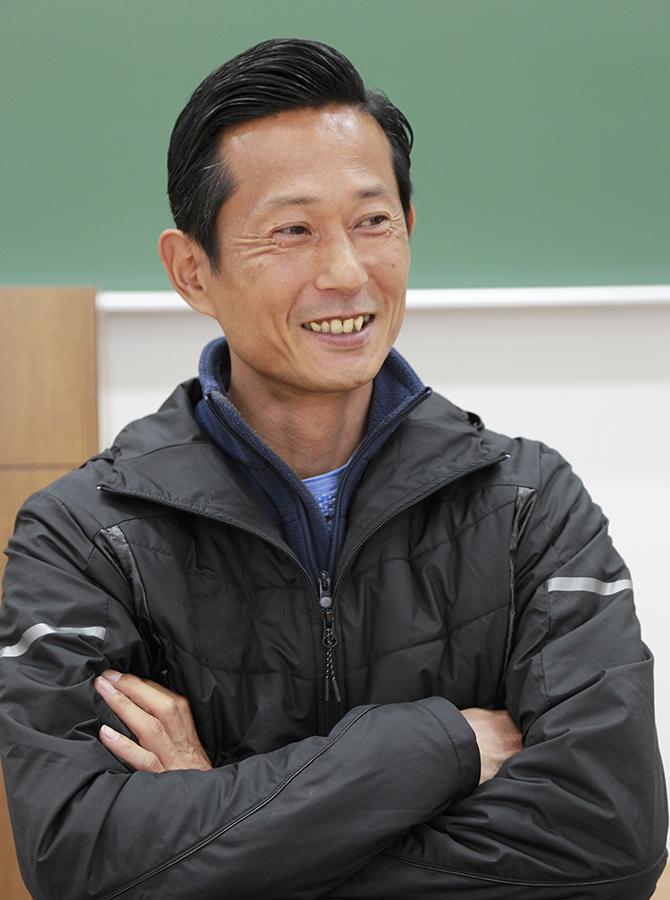
However, in a response that contradicted Yamamoto’s expectations, Kobayashi (who was with Yamamoto in Rio de Janeiro) said: “So you’re satisfied with the way things went this time?” Yamamoto didn’t know what to say.
To a brooding Yamamoto, Kobayashi added: “In the meantime, I’ve already entered you in the next competition. Throw everything you’ve got at it, chalk up a good result, and then end everything on a positive note. If you want to keep competing after that, I’m the only one in Japan capable of looking after someone at your level (with the implication of ‘so, I’ll coach you’).”
Those words touched Yamamoto, who was all but ready to turn his back on pole vaulting.
“Even though we didn’t have the close relationship then that we have now, that he said that made me teary-eyed. He really saved me. If I hadn’t spoken to Coach Kobayashi, I wouldn’t be competing now, and I probably would have quit Toyota,” said Yamamoto.
Kobayashi understood Yamamoto’s potential, and had been asking the young pole vaulter to come train with him ever since he joined Toyota. But his injury plus his pride of “having made it on his own” had led Yamamoto to base his training in Aichi Prefecture, while Kobayashi was at the Nippon Sport Science University in Kanagawa Prefecture. What happened at Rio de Janeiro 2016 changed his thinking, leading Yamamoto to pack his bags for Kanagawa.
“I was uneasy at first. I was told to let go of the style I had been using for a long time. Coach Kobayashi told me that certain techniques I thought were good were actually bad. I decided to embrace what the coach said, even if it meant changing my techniques. I’m trying to master everything he says,” Yamamoto said.
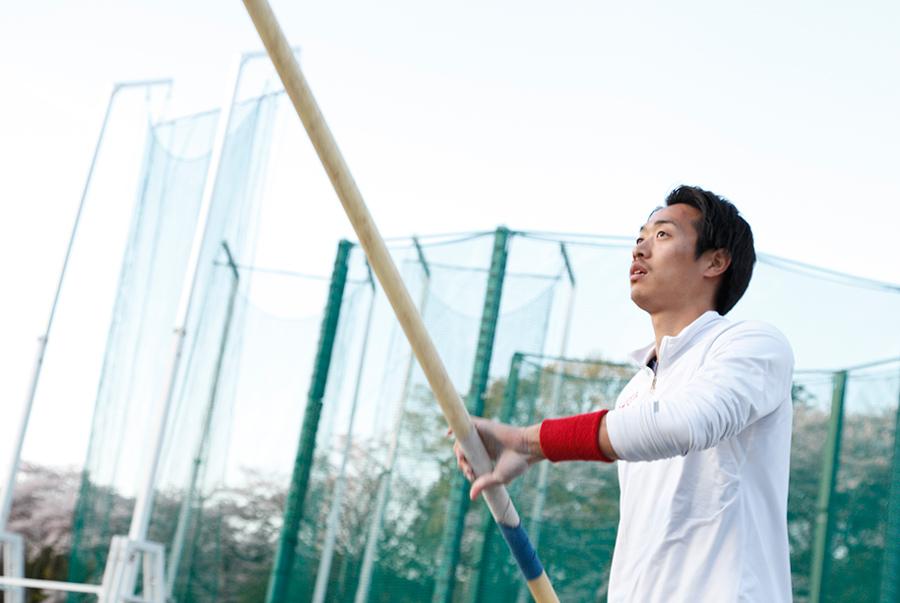
Being together, Yamamoto has seen how Kobayashi exchanges information with coaches from overseas and learns by watching the movements of other pole vaulters. It seems that Yamamoto has come to feel Kobayashi’s passion as a coach who imparts much on his underling, even though he doesn’t talk much. In the past two and a half years, they have built a well-coordinated coach-athlete relationship.
On the way to a third Olympic Games
The clock is now ticking down on Yamamoto’s and Kobayashi’s next goal—the Olympic Games Tokyo 2020. According to Kobayashi, ever since he took Yamamoto under his wing, he has been creating training regimens on a weekly basis, while being sure to include jumping once a week. (We, the interviewers, thought that his training included jumping every day!)
“Pole vaulting is a competition in technique. So, even if there isn’t a meet, you still have to regularly jump. Before, I wasn’t able to regularly jump, which made me feel a little insecure. In a negative way, I was kind of a one-shot guy,” laughs Yamamoto. “No matter how tired I might be, Coach Kobayashi tells me to adjust what I’m doing to how I’m feeling and to just get on over to training. That ties into my ability to adjust myself during competitions. Now, I’m where I’m able to get results at the important meets,” said Yamamoto.
At last year’s Asian Games, Yamamoto claimed gold with a record-breaking 5.70-meter leap. Yamamoto, sensing his own change and growth, said: “I’m now heading in the right direction.”
Yamamoto shared with us his aspirations for his third Olympic Games as we came to the end of our interview with him.
“After experiencing frustration, I’ve pulled myself up with the support of Coach Kobayashi and my family. I want to be able to put a medal around the neck of my high school coach who gave me a chance to discover pole vaulting. There are also people rooting for me who I don’t even know about. I want to meet their expectations, and I also want to do it for myself. After crawling back up from the bottom, I hope to grab on to something that will change my life.”
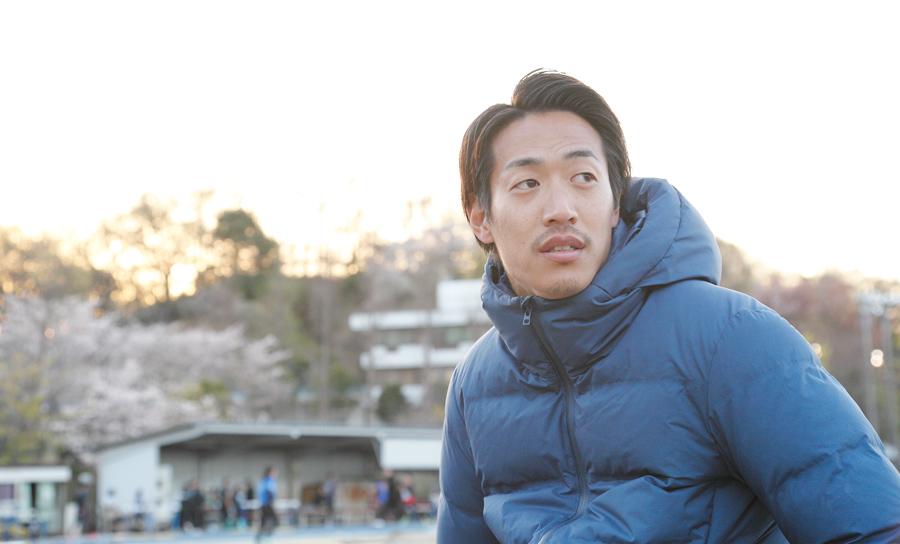
Japan being the host country is sure to add yet another source of pressure. Yamamoto has been down twice and has “crawled” his way back. We are already excited to see what kind of jumps he’ll make.
(Thumbnail Photo by Getty Images)

